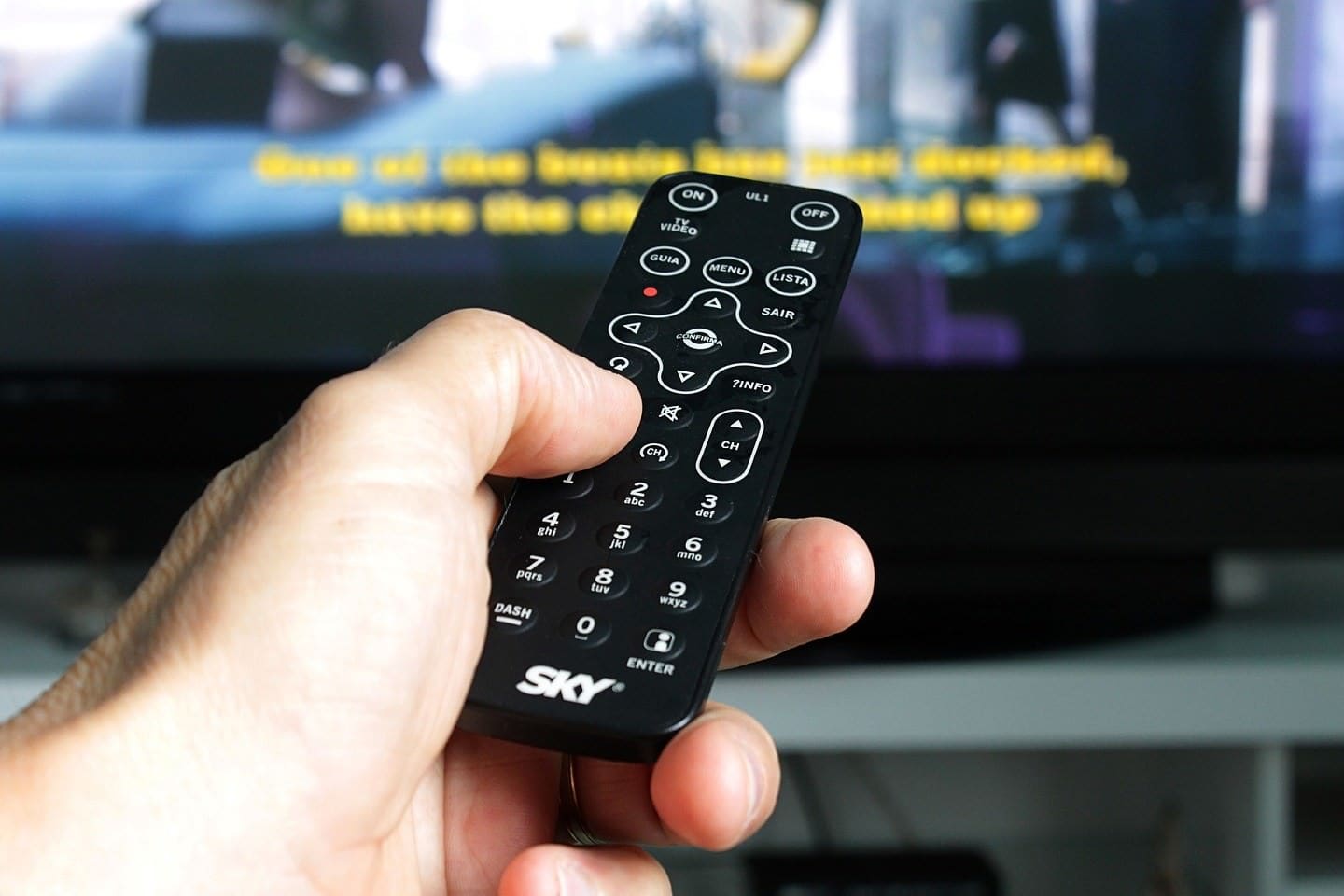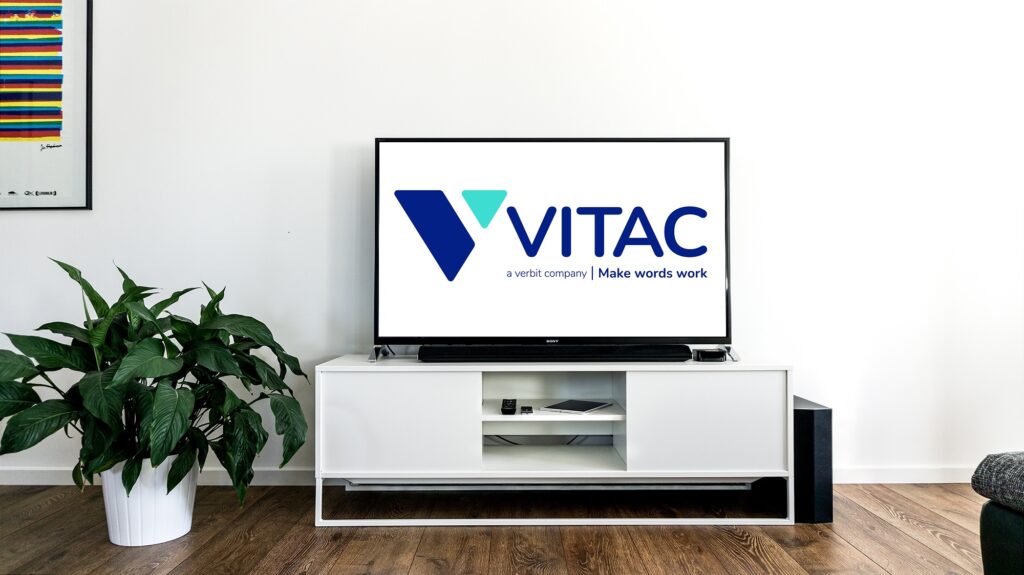As the largest captioning company in the United States, we often get questions from clients and consumers regarding the basic rules, requirements, and regulations that govern captions.
VITAC has worked with caption clients, viewers, and advocates for more than 30 years, and though not all video must be captioned by law, we strongly believe that everything should be as captions provide myriad benefits for all viewers.
The Federal Communications Commission (FCC) has outlined comprehensive rules for TV closed captioning to ensure that viewers who are deaf or hard of hearing have full access to programming. In fact, VITAC helped the FCC draft the captioning vendor best practices.
The rules apply to all television programming with captions, and specifically sets forth quality standards for closed captions, including the requirement that captions be:
- Accurate: Captions must match the spoken words in the dialogue and convey background noises and other sounds to the fullest extent possible.
- Synchronous: Captions must coincide with their corresponding spoken words and sounds to the greatest extent possible, and must be displayed on the screen at a speed that can be read by viewers.
- Complete: Captions must run from the beginning to the end of the program to the fullest extent possible.
- Properly placed: Captions should not block other important visual content on the screen (such as text crawls on news shows), overlap one another, or run off the edge of the screen.
The FCC distinguishes between offline (pre-recorded) and realtime (live) programming, and recognizes the difficulties involved in producing realtime captions, acknowledging that full compliance with their quality standards best can be achieved for offline programs because of the extra time available to review and edit captions.
The FCC does require that programming captioned on TV must also be captioned when distributed online. The commission specifically states that the online captions must be of the same or greater quality as the captions that aired on TV.
The commission also outlines best practices for video programmers and captioning vendors. These include video programmers providing high-quality program audio feeds for accurate captioning transcriptions and providing captioning vendors with advance access to show scripts and such things as the proper spelling of the names of characters/guests and song lyrics, to make it easier to caption live programs.
For caption vendors (like VITAC), the FCC rules require all captioners to be properly screened, trained, and supervised, and that all technical systems are functional and up-to-date to prevent service interruptions.
VITAC, a leader in captioning and accessibility services, employs only the most professional, highly skilled captioners and employees.
As a full-service captioning company, we have skilled engineering, technical, production, and customer service support available at all hours. VITAC employs extensive backup systems – technical and staffing – and we take pride in our ability to ensure that clients are always on the air with captions.
Our network, technical operating platforms, and facilities are thoroughly tested and continuously upgraded to best serve our customers. In fact, we announced our newest captioning technology – VPC Control Tower™, a first-of-its-kind cloud-based application that allows for easy, always-on connections between captioners, events, and clients – earlier this month.
Click the image on the left to visit our “Customer Corner” page for more information on captioning best practices, FAQs, on-demand webinars, technical bulletins, and a variety of other online resources.




